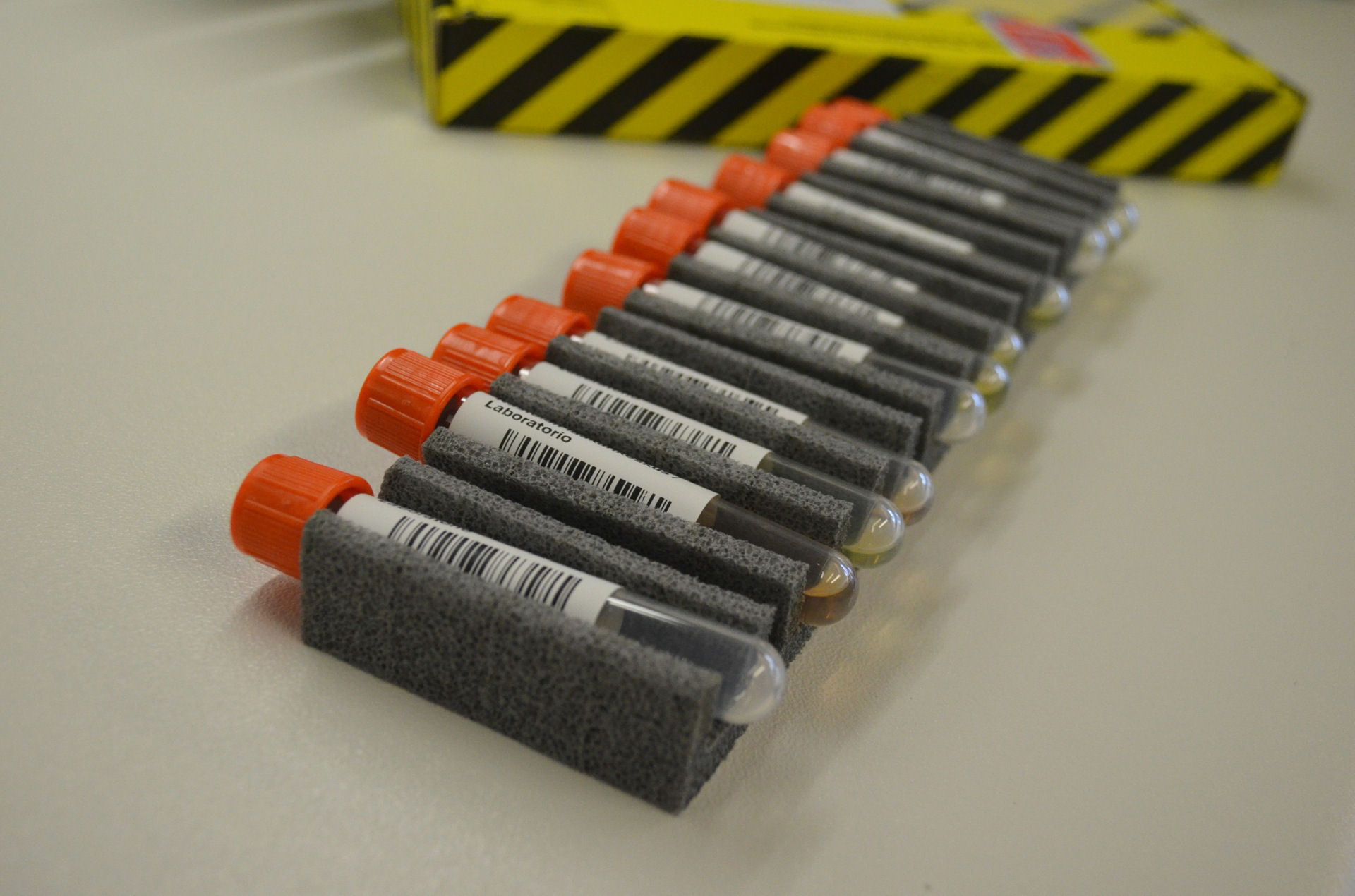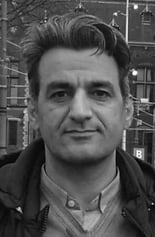Practical QC solution for laboratories of any size

 Keynote speaker: Hassan Bayat
Keynote speaker: Hassan Bayat
Dr. Bayat is a Doctor of Clinical Laboratory Science (DCLS); graduated as top student from Shahid Beheshti University, Tehran, Iran and he is a member of Immunogenetics Research Center, Mazandaran University of Medical Sciences, Sari, Iran. He is also self-educated in quality assurance and presenting many workshops and lectures about quality assurance throughout Iran since 10 years ago. This year he was presenting a lecture in the Quality in the Spotlight Conference (Antwerp 2018).
Dr. Bayat is a member of the Task and Finish Group on Total Error (TFG-TE) established by the EFLM (April 2015 to April 2015). Chosen by the chair (Dr. Wytze Oosterhuis) as the expert on the Total Error model to work with him and Dr. Elvar Theodorsson (chosen as the expert on Measurement Uncertainty model) on finalizing the TFG-TE’s consensus paper. The paper was published titled “The use of error and uncertainty methods in the medical laboratory” (CCLM 2017).
Dr. Bayat has published several articles and papers in international scientific journals.
Abstract: Max E(Nuf) QC model; the last step in SQC planning
Traditionally, planning statistical quality control (SQC) is concerned with the number of controls, acceptance limits, and the rules of interpretation, but there is nothing about frequency of SQC, or run size. To relate frequency to SQC, Curtis Parvin has introduced a Max E(Nuf) by which “QC performance is measured in terms of the average number of patient samples containing an analytical error that exceeds total allowable error.”
Max E(Nuf) provides a new design parameter that aligns with the emerging interest in risk based QC plans. The fourth edition of the Clinical and Laboratory Standards Institute (CLSI) guideline on statistical quality control (CLSIC24-Ed4; 2016) is concerned with risk-based SQC strategy, and presents a general guide to application Max E(Nuf) model in medical laboratories.
Max E(Nuf) model is a total error (TE)-based model, and relates performance’s quality, expressed as Sigma score, to SQC strategy factors including the number of QC results, the QC rule to use at each QC event, and the frequency of QC events.
Max E(Nuf) model is a practical solution for laboratories of any size, in that small laboratories with limited samples can apply wide QC limits with small run sizes whereas large laboratories with thousands of samples per day can apply instead tighter QC limits with larger run sizes.
Key words: Statistical Quality Control (SQC), Run size, SQC Frequency, Sigma metric (SM), Total Error (TE).
International Congress on Quality in Laboratory Medicine
Welcome to the International Congress on Quality in Laboratory Medicine 7-8 February 2019 Helsinki. The inspiring atmosphere of the scientific congress brings medical laboratory and quality management professionals together to exchange ideas and meet colleagues. The 2019 themes are Quality Control Reinvented? and Digital Health. Two inspiring days with world class speakers guarantees an unforgettable experience.


